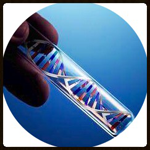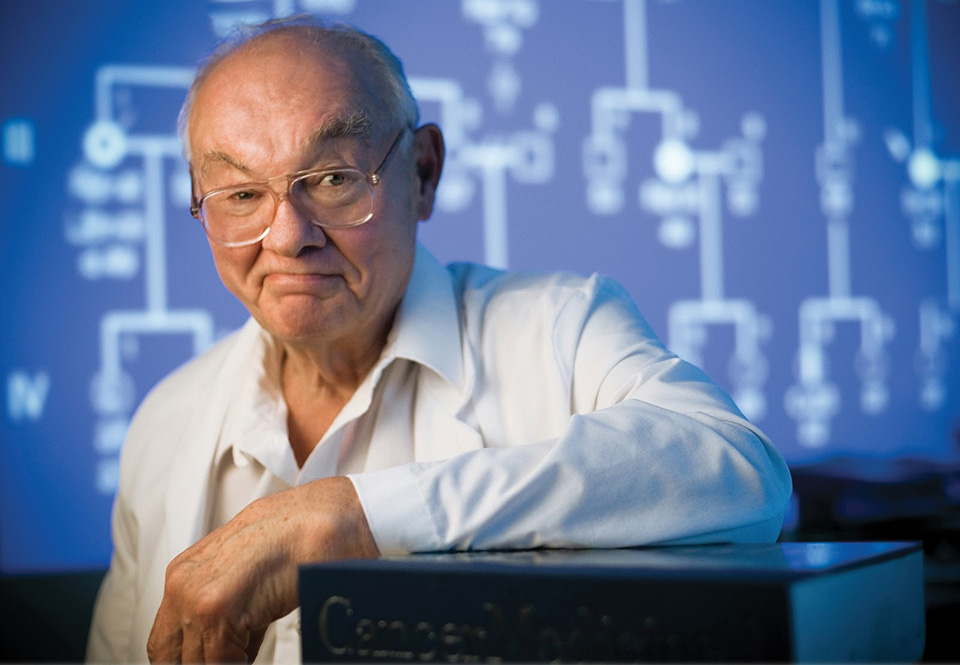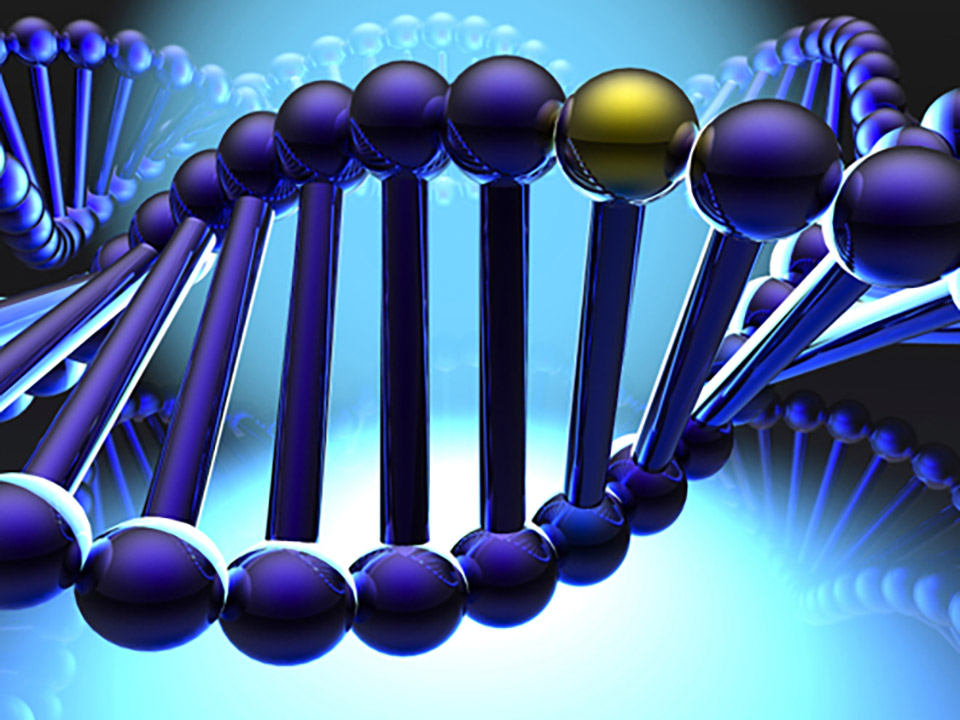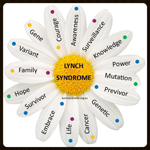Lynch Syndrome is a hereditary disorder caused by a mutation in a mismatch repair gene in which affected individuals have a higher than normal chance of developing colorectal cancer, endometrial cancer, and various other types of aggressive cancers, often at a young age – also called hereditary nonpolyposis colon cancer. (HNPCC)
PROTECTING OUR FAMILIES AND OURSELVES

























 Lives can be saved
Lives can be saved

